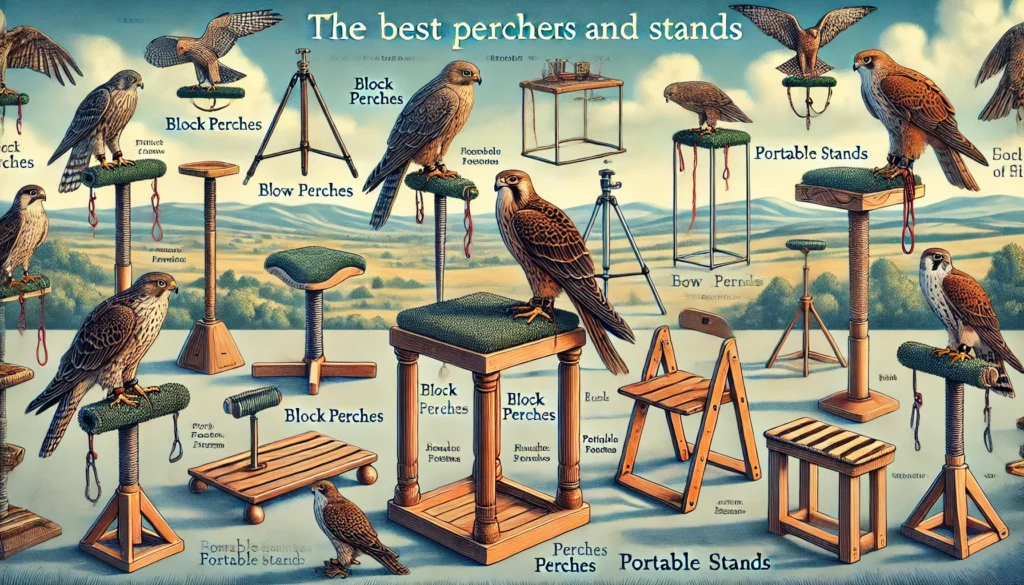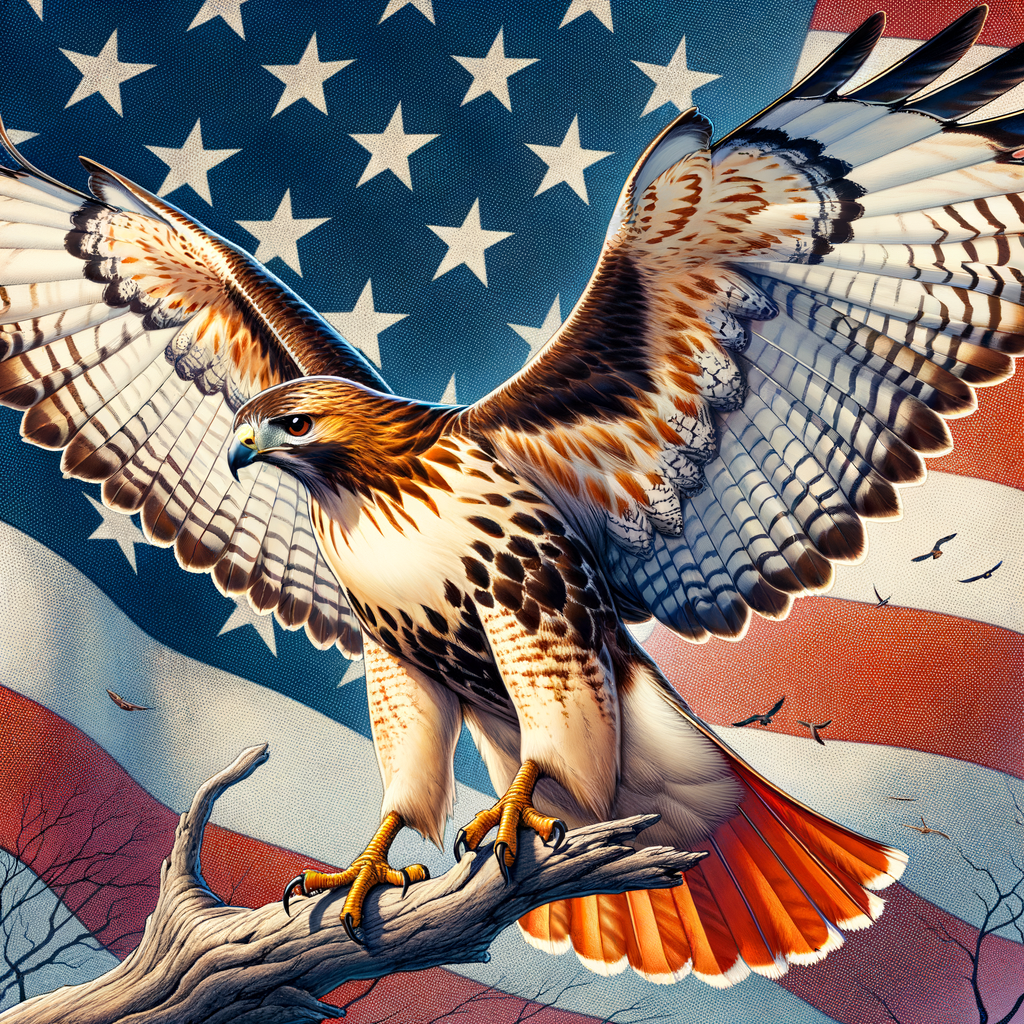Falconry’s Role in Japanese Culture
- Falconry, or “Takagari,” has deep roots in Japanese history.
- Introduced to Japan around the 4th century from Korea.
- Practiced by nobles, samurais, and the imperial family.
- Symbolizes power, prestige, and nobility.
- Considered both a sport and a form of art.
- Involves training birds of prey like falcons and hawks.
- Used for hunting and entertainment.
- Strong presence in Japanese literature, art, and festivals.
- Falcons are seen as majestic and highly revered creatures.
- Modern falconry in Japan blends tradition with contemporary techniques.
Discovering Falconry in Japanese Culture: A Fascinating Journey
As you delve deeper, you’ll discover the captivating allure of Japanese falconry, much like finding a hidden gem in the rolling Irish countryside. So, why keep reading? Because understanding falconry in Japanese culture is like opening a magical book that sweeps you away into a world where nature, tradition, and elegance beautifully entwine.
Let’s embark on this fascinating adventure together and uncover the enchanting world of falconry in Japan. Keep reading, and prepare to be mesmerized!
Japanese Falconry Traditions and Practices
Falconry has a rich history in Japan, known as “Takagari” (é·¹ç©). Japanese falconry practices have been deeply intertwined with the country’s culture and traditions for centuries. This ancient art was not just a means of hunting but also a reflection of social status and a form of refined enjoyment.
The Historical Roots of Japanese Falconry
Falconry in Japan dates back to the Asuka period (592-710 AD). During this era, it was mainly reserved for the elite, such as emperors and samurais. This sophisticated tradition was highly influenced by other cultures through the Silk Road, with several falconry techniques integrated into Japanese techniques. Explore more about the history of falconry to understand how it evolved differently across regions.
Unique Practices in Japanese Falconry
Japanese falconry practices involve combining skill, patience, and a deep relationship with the birds. Falcons, hawks, and other raptors are meticulously trained to hunt in the traditional Japanese manner. Unlike in other cultures, Japanese falconry emphasizes not just the hunt but also the harmony between the falconer and the bird, akin to the way samurais practiced with their swords.
These practices also include unique training methods and equipment. For instance, traditional Japanese falconers use “Aigushi,” a specific type of leash that is designed to allow precise control over the bird without causing harm or discomfort. To gain more insights into the necessary gear, check out the falconry equipment essentials.
Cultural Significance and Ceremonial Aspects
Japanese falconry isn’t merely a pastime; it is embedded in the ceremonial and cultural contexts of Japanese society. Particularly in the Edo period, falconry was a status symbol among the feudal lords (Daimyo) and samurais. These events were elaborate and often incorporated into celebrations and public displays, emphasizing the social hierarchy and respect for nature.
You can learn more about falconry traditions from various cultures, including Japan, by visiting our comprehensive section on falconry in cultures.
Modern Japanese Falconry
Today, Japanese falconry remains a revered tradition, with modern enthusiasts striving to preserve and respect the age-old techniques. Falconry clubs and organizations continue to promote traditional Japanese falconry while integrating modern techniques and ethical practices. The intersection of past and present practices showcases the enduring legacy and adaptability of falconry within Japanese culture.
For those interested in modern practices and the integration of technology in falconry, our section on modern falconry provides a wealth of knowledge.
Training Techniques Unique to Japan
Japanese falconry training techniques are distinguished by their focus on meticulous attention to detail and the well-being of the birds. Falconers in Japan utilize positive reinforcement and patience, often incorporating meditation and a deep connection with nature.
To explore various training techniques, including those used historically and in contemporary times, visit training a falcon.
The Role of Falcons in Japanese Art and Literature
Falcons have frequently appeared in Japanese art and literature, symbolizing nobility, strength, and agility. These representations further cement the bird’s prestigious role in Japanese culture. If you are fascinated by such historical connections, check out our resources on falconry in art and literature.
Japanese falconry traditions and practices richly contribute to the global appreciation of this ancient sport. Whether as a cultural heritage or a modern pursuit, it continues to inspire and evoke a profound respect for the bond between humans and these majestic birds.
Japanese Falconry and Its Cultural Significance
Historical Context of Japanese Falconry
Falconry in Japan has a rich history that dates back to the Fourth Century AD. Initially, it was a status symbol reserved for the wealthy and powerful. Over the centuries, it became closely tied to the Emperor and was associated with strength and the ability to harness nature’s power. During the Edo Period (1603-1867), falconry reached its peak, becoming a display of the aristocracy’s wealth and status.
Military Connotations
Falconry wasn’t just a leisurely activity; it had strong military associations, symbolizing the might of the samurai and the imperial household. The red-crowned Crane, in particular, was a powerful symbol of a successful harvest, which the raptors were trained to protect.
Modern Era Falconry
In the modern era, falconry in Japan is kept alive by dedicated clubs of enthusiasts. In 2010, UNESCO declared Japanese falconry a part of the Intangible Cultural Heritage of Humanity. Despite the modern challenges of urbanization, organizations like the Suwa Falconry Preservation Society work tirelessly to preserve this ancient tradition.
Training Methods Used by Japanese Falconers
Japanese falconers employ a variety of techniques to train their birds. These include acclimating the raptors to the presence of their handlers, gradual lighting changes, and gentle touch to assess muscle condition. Below is a simplified table illustrating the training methods based on raptor types and their corresponding prey:
| Raptor Type | Prey Size | Training Methods |
|---|---|---|
| Sparrow Hawks | Small birds | Acclimation and gradual lighting |
| Goshawks | Bigger prey | Gentle touch to check muscle levels |
| Hodgson’s Hawk Eagles | Large birds and rabbits | Hands-on techniques and baiting |
Hunting Techniques
Traditional Japanese falconry involves using trained birds of prey to catch small animals or birds. Historically, dogs and horses played a significant role in locating and chasing the prey. Today, falconers often release their trained raptors to catch the prey after it ascends to the sky, showcasing the predator’s agility and swiftness.
Environmental Factors Favoring Falconry
Japan’s mountainous regions, such as Yamagata, provide ideal conditions for falconry. The heavy snowfall in these areas keeps the raptors active and in peak physical condition, essential for successful hunting.
Cultural Significance and Festivals
Falconry is deeply interwoven with Japanese culture and has associations with Shintoism, where every element of nature is considered to have a spirit. Nobles and samurai particularly enjoyed this sport. Today, events and festivals help keep this tradition alive:
- Kenkun Shrine Festival (Kyoto): Held on October 19, this festival commemorates the conquest of Kyoto in 1568, with the Suwa falconers being the guests of honor.
Conservation and International Collaboration
To ensure the preservation of this cultural heritage, the Japanese Falconers Association focuses on research and conservation efforts. With increasing urbanization, securing falconry lands remains a significant challenge. Despite this, international collaborations, such as the exchange programs with the UAE, help promote cultural exchange and mutual learning among falconers worldwide.
Current Events and Milestones (2024)
In 2024, notable events included:
- Falconry Program in UAE: From January 5th to 8th, 2024, the Emirates Falconers’ Club hosted six Japanese falconers from the Suwa Falconry Preservation Society.
- Suwa Falconry Participation: Demonstrations at the October 19th festival in Kyoto.
This summary provides an overview of the history, techniques, and cultural significance of Japanese falconry as it stands in 2024. Through continuous efforts in preservation and international collaboration, the art of falconry remains a vital and celebrated part of Japanese heritage.
The Enduring Legacy of Japanese Falconry
Japanese falconry, an ancient practice dating back to the Fourth Century AD, is much more than a simple sport; it’s a richly woven part of Japan’s cultural tapestry. Originating as a status symbol reserved for the wealthy and powerful, it later became deeply linked with the military and the Emperor, symbolizing strength and nature’s mastery. During the Edo Period, falconry flourished and became a luxurious display of wealth and power.
Today, although practiced by a small group of dedicated enthusiasts, Japanese falconry’s cultural and historical significance continues to be celebrated. This is evident in events such as the participation of the Suwa Falconry Preservation Society in the festival at Kenkun Shrine in Kyoto and their international exchange program with the UAE. Declared an Intangible Cultural Heritage of Humanity by UNESCO in 2010, the tradition remains vital through the efforts of preservation societies and international collaboration.
As we reflect on the resilience and beauty of Japanese falconry, it becomes clear that this ancient art, with its unique training methods, varied raptor selection, and significant festivals, will continue to inspire and connect people across generations and borders. The continued dedication to preserving this ancient tradition ensures that the legacy of Japanese falconry will endure for years to come.



